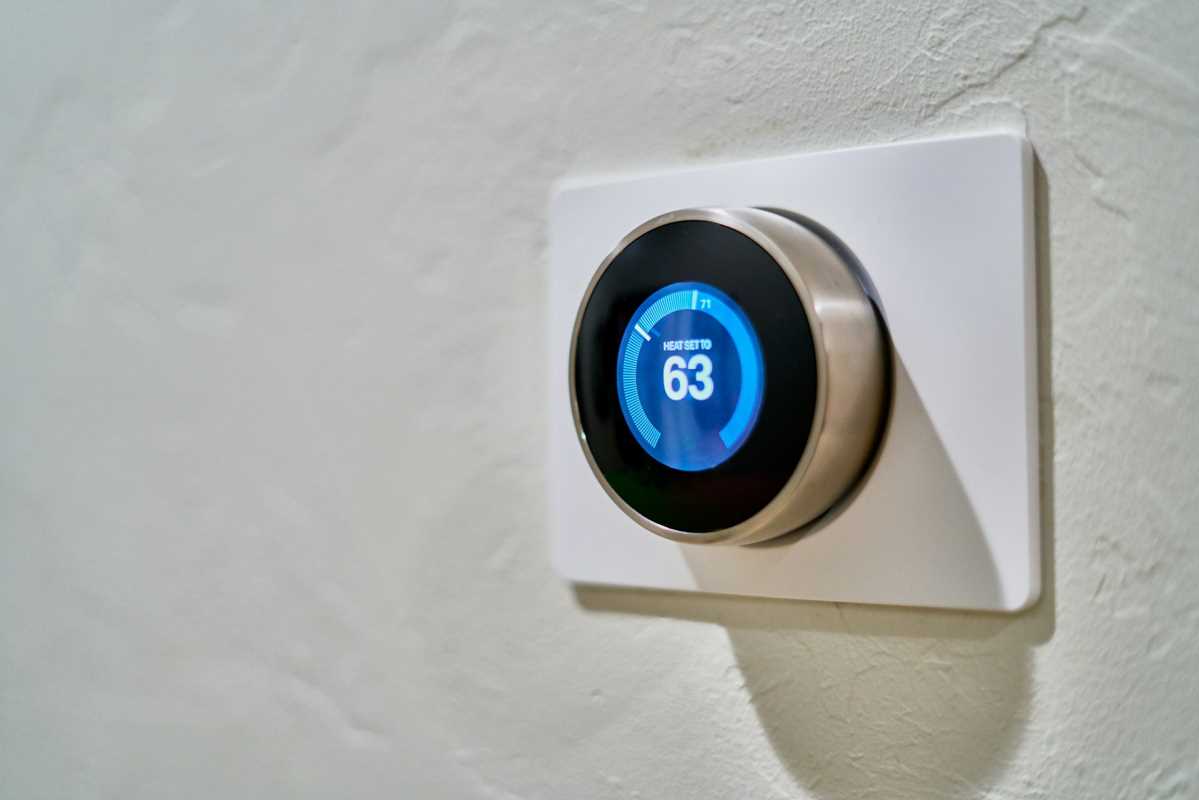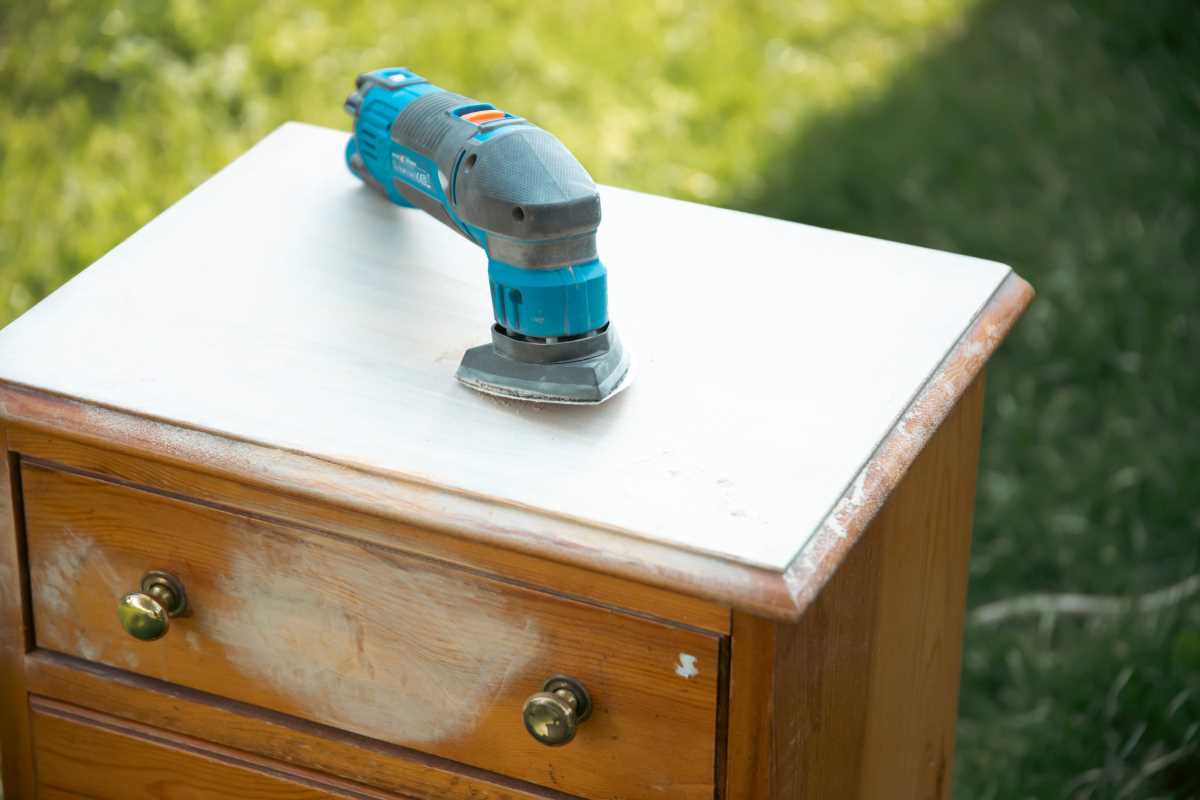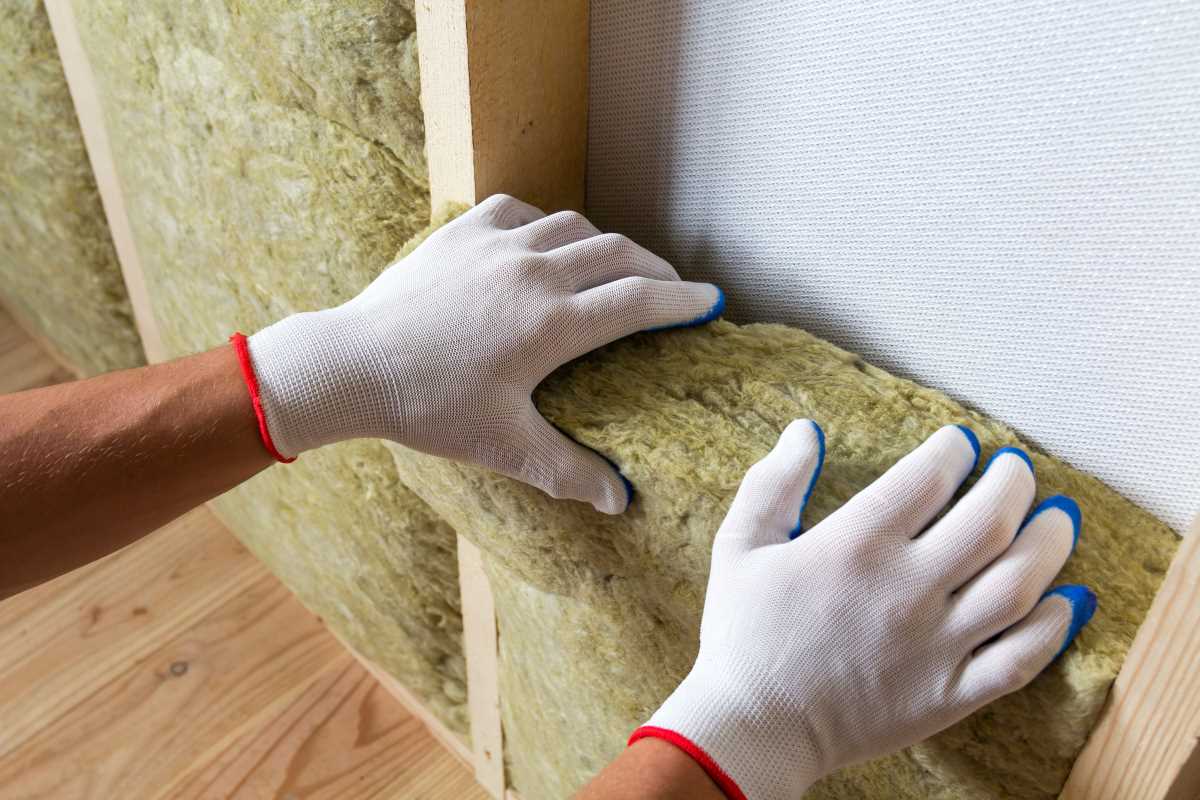Here's a rewritten and expanded version of the article with two paragraphs per heading:
Are you looking to cut down on your energy bills while also making a positive impact on the environment? Luckily, there are simple ways to reduce energy consumption in your home without sacrificing comfort or convenience. By implementing a few energy-saving practices, you can lower your electricity usage and decrease your carbon footprint. Let's explore some practical tips to help you save energy and money simultaneously.
The benefits of reducing energy consumption extend beyond just financial savings. By adopting energy-efficient habits, you're contributing to the global effort to combat climate change and preserve natural resources for future generations. Moreover, many energy-saving practices can improve the overall comfort and functionality of your home, making it a more pleasant place to live.
Switch to LED Light Bulbs
Switching to LED light bulbs is an easy and effective way to reduce energy consumption in your home. LED bulbs use significantly less energy than traditional incandescent bulbs and last much longer, saving you money on your electricity bill and replacement costs. By replacing just a few of your most-used light bulbs with LEDs, you can make a noticeable impact on your energy usage.
LED technology has advanced rapidly in recent years, offering various options to suit various lighting needs. You can now find LED bulbs in different color temperatures, from warm to cool white, allowing you to create the perfect ambiance in each room. Additionally, many LED bulbs are now compatible with smart home systems, enabling you to control your lighting remotely and set schedules for even greater energy savings.
Unplug Electronics When Not in Use
Many electronics and appliances continue to draw power even when turned off, contributing to "phantom" energy consumption. To combat this, make it a habit to unplug devices like chargers, gaming consoles, and kitchen appliances when they're not in use. You can also use power strips to easily switch off multiple devices at once, further reducing standby power consumption.
To make this practice more convenient, consider organizing your electronics and appliances into groups based on usage patterns. For example, you could have a power strip for your entertainment center that you switch off when not watching TV or gaming. In your home office, group computer peripherals on one strip for easy power management. By creating these "power zones," you'll find it easier to incorporate unplugging into your daily routine.
Invest in Energy-Efficient Appliances
When it's time to replace old appliances, consider investing in energy-efficient models. Appliances with the ENERGY STAR label are designed to consume less energy while still providing high performance. From refrigerators to washing machines, upgrading to energy-efficient appliances can significantly reduce your household's energy consumption over time.
While the upfront cost of energy-efficient appliances may be higher, the long-term savings on your energy bills often outweigh the initial investment. Many utility companies and government programs offer rebates or incentives for purchasing ENERGY STAR-certified appliances, which can help offset the cost. When shopping for new appliances, pay attention to the Energy Guide label, which provides information on the appliance's annual energy consumption and operating cost, allowing you to make an informed decision.
Seal Air Leaks and Insulate Your Home
Leaky windows, doors, and gaps in insulation can lead to wasted energy as your heating and cooling systems work harder to maintain a comfortable temperature. By sealing air leaks and properly insulating your home, you can prevent heat loss in the winter and keep cool air inside during the summer. Simple measures like weather-stripping doors and windows, adding insulation to attics and basements, and sealing ductwork can improve energy efficiency and lower energy bills.
To identify air leaks in your home, conduct a DIY energy audit or hire a professional energy auditor. They can use specialized tools like infrared cameras to detect areas of heat loss and air infiltration. Once you've identified problem areas, prioritize sealing and insulating based on the potential for energy savings. Don't forget about less obvious sources of air leaks, such as electrical outlets on exterior walls, which can be easily sealed with foam gaskets.
Adjust Your Thermostat
Heating and cooling account for a large portion of household energy consumption. By adjusting your thermostat a few degrees lower in the winter and higher in the summer, you can reduce the workload on your HVAC system and save energy. Consider installing a programmable thermostat to automatically adjust the temperature based on your schedule, ensuring comfort when you're home and savings when you're away or sleeping.
Smart thermostats take energy savings a step further by learning your preferences and habits over time. These devices can optimize your home's temperature settings for maximum efficiency while maintaining comfort. Many smart thermostats also offer features like geofencing, which can automatically adjust your home's temperature as you leave or return, and integration with other smart home devices for more comprehensive energy management.
Utilize Natural Light and Ventilation
Take advantage of natural light and ventilation in your home to reduce the need for artificial lighting and mechanical cooling. Open curtains and blinds during the day to let sunlight in, which can help warm up your space in the winter. In warmer months, use ceiling fans and open windows to promote air circulation and cooling. By relying less on artificial lighting and HVAC systems, you can lower your energy consumption and enjoy a more comfortable and eco-friendly living environment.
Consider strategically placing mirrors to reflect natural light and brighten up darker areas of your home. This can reduce the need for artificial lighting during daylight hours. For ventilation, create cross-breezes by opening windows on opposite sides of a room or on different floors. You can also install window films or awnings to reduce heat gain in the summer while still allowing natural light to enter. These passive cooling and lighting strategies not only save energy but can also create a more pleasant and healthier indoor environment.
By implementing these simple ways to reduce energy consumption in your home, you can make a positive impact on the environment while also saving money on your energy bills. Making small changes to your daily routines and household habits can add up to significant energy savings over time. Start incorporating these energy-saving practices today and enjoy a more efficient and sustainable home.
Remember that energy conservation is an ongoing process. Regularly review your energy usage and look for new opportunities to improve efficiency. Engage your family members or housemates in energy-saving efforts, making it a collaborative and educational experience. By working together and staying committed to reducing energy consumption, you'll not only see the benefits in your wallet but also contribute to a more sustainable future for our planet.
(Image via Unsplash)







